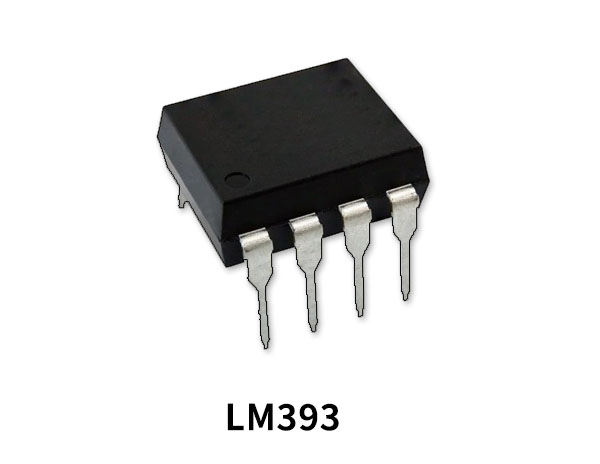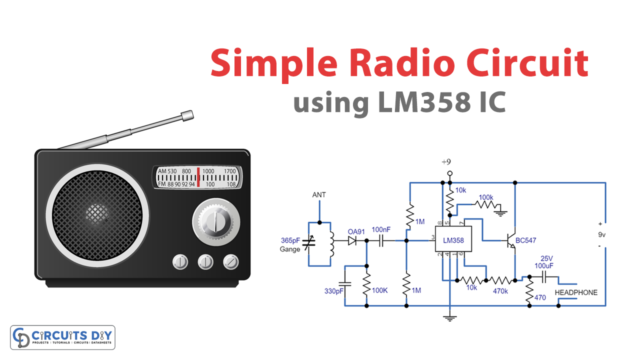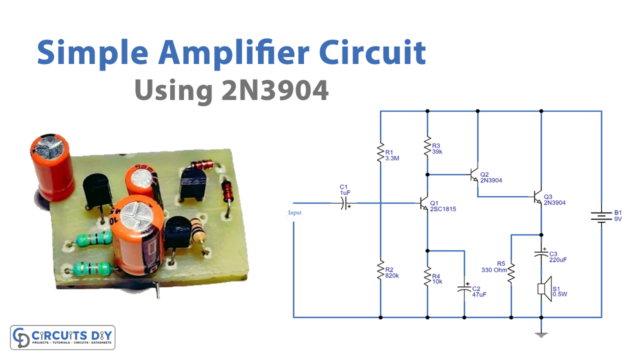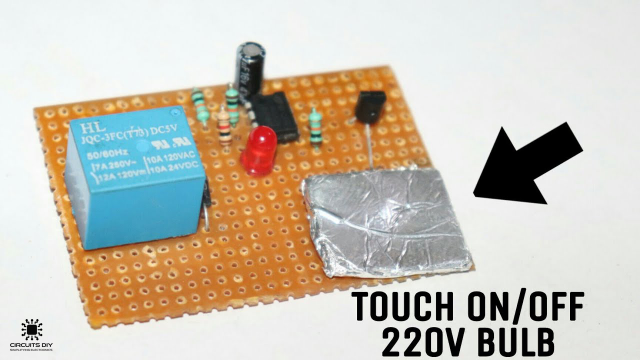In this tutorial, you may learn how to make two easy dark and light detector sensors employing LM393N voltage comparator IC. This Voltage comparator IC receives two different inputs for comparison. Once examined, IC determines which input has the larger value. IC LM393N is a voltage comparator IC with several features like low offset voltage, low power consumption, temperature stability, a wide voltage range that varies from 2V to 36V, etc.
The dark and light detection sensor may be outlined as once the sunshine level increases from the predetermined value the sunshine detector sensor enacts its output. And once the sunshine level falls from the predetermined value the dark detector sensor enacts its output.

Hardware Components
The following components are required to make Light Dark Sensor Circuit
| S.no | Component | Value | Qty |
|---|---|---|---|
| 1. | Voltage comparator IC | LM393 | 2 |
| 2. | LDR | – | 2 |
| 3. | Resistor | 4.7K, 470R | 2, 2 |
| 4. | Variable Resistor | 20K | 2 |
| 5. | LED | – | 2 |
| 6. | DC Power Supply | 3 – 12 V | 1 |
LM393 Pinout

For a detailed description of pinout, dimension features, and specifications download the datasheet of LM393
Light Sensor Circuit

Dark Sensor Circuit

Working Explanation
The above circuit diagrams outline two simple light and dark-detecting sensor circuits employing an LM393N IC. The first schematic is a dark detector sensor, which is able to enact its output once the sunshine level falls from the predetermined value set by the 20K resistor. The second circuit is a light detector sensor, which is able to enact its output once the sunshine level increase from the predetermined value set by the 20K resistor.
There is a slight difference between the above two circuit operations. When assembling for the dark sensor pin 2 of the comparator is associated between the 4.7k ohmic resistor and the LDR. And its pin 3 is associated with a 20k ohmic resistor. Although in the assembling of the light sensor, pin 2 is connected with a 20k ohmic resistor, and pin 3 is connected between a 4.7k ohmic resistor and the LDR.
Applications and Uses
- These light sensors are commonly used for robot intelligence and motion lights.
- Light sensors often detect light that is not visible to the human eye, like X-rays, infrared and ultraviolet light.
- Other applications include alarm clocks, street lights, light intensity meters, and burglar alarm circuits.













